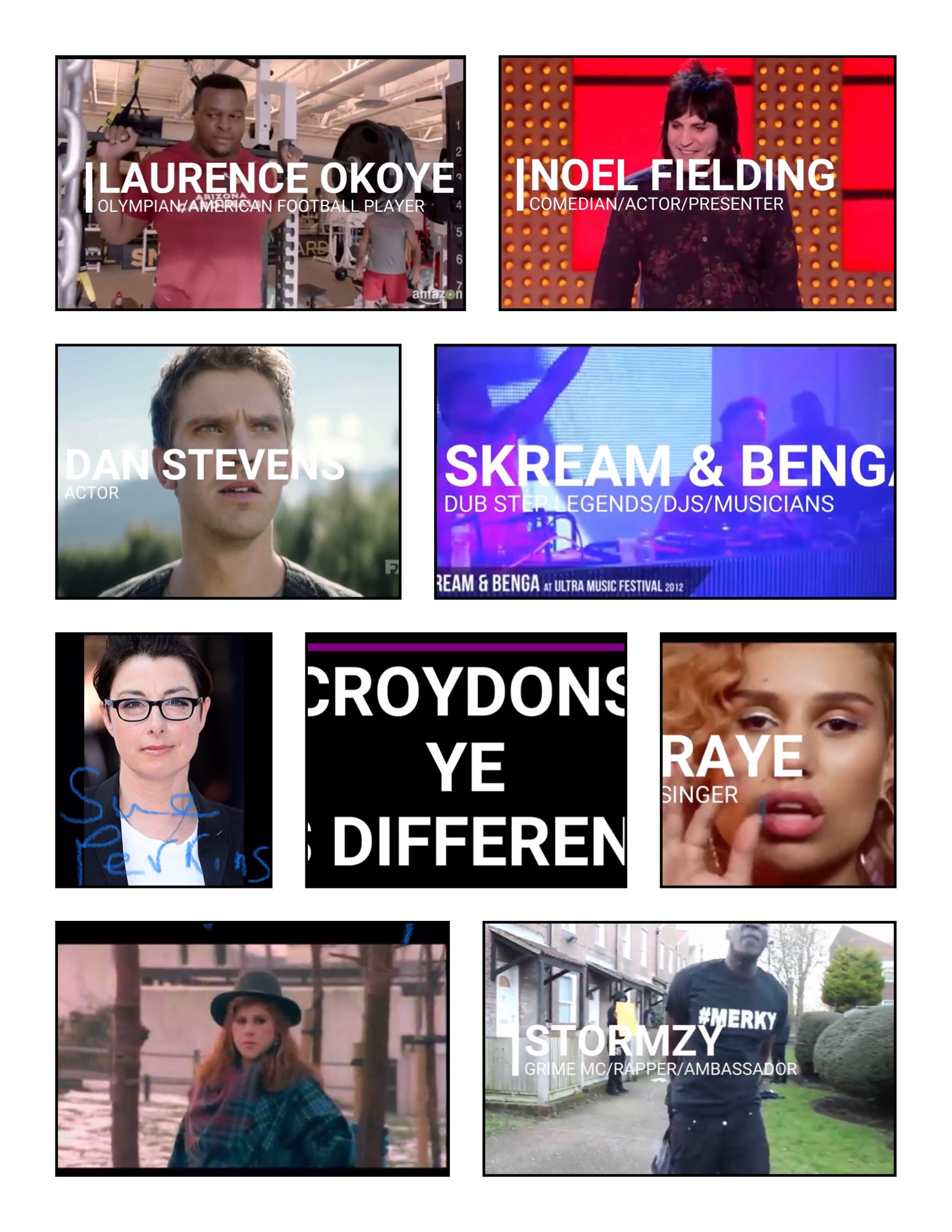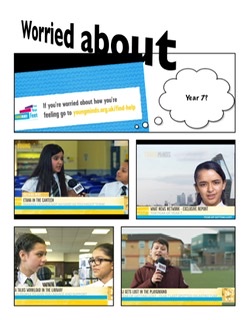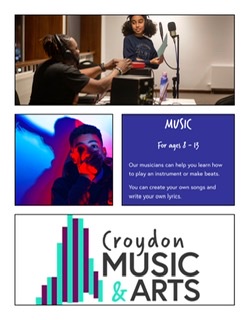Welcome to the Well Being Spot!
A safe space to explore well being activities, feelings and more.
Mrs Pollington
 [dropshadowbox align=”none” effect=”lifted-both” width=”auto” height=”” background_color=”#ffffff” border_width=”1″ border_color=”#dddddd” ]At times, people think of Croydon as a difficult place. I think of it as a very creative place, just like Howard Primary and its pupils. It has been a long, challenging year but we have September to look forward to. We have the future of our pupils to look forward to. Have a look at this video and discover how amazing and talented young people from Croydon are. From all of us, to all of you, keep safe, be creative!
[dropshadowbox align=”none” effect=”lifted-both” width=”auto” height=”” background_color=”#ffffff” border_width=”1″ border_color=”#dddddd” ]At times, people think of Croydon as a difficult place. I think of it as a very creative place, just like Howard Primary and its pupils. It has been a long, challenging year but we have September to look forward to. We have the future of our pupils to look forward to. Have a look at this video and discover how amazing and talented young people from Croydon are. From all of us, to all of you, keep safe, be creative!
[/dropshadowbox]
[dropshadowbox align=”none” effect=”lifted-both” width=”auto” height=”” background_color=”#ffffff” border_width=”1″ border_color=”#dddddd” ]

If you are in year 6, by now you should have completed a virtual transition program organised by your new secondary school. You might feel relaxed about it all, you might have some questions or feel a few butterflies in your stomach.
YoungMinds have put together a brilliant video made by new yr7 pupils. It’s called Finding your feet. Watch it on your own, with parents, with your friends to discover common yr7 fears and how to manage them.
https://youngminds.org.uk/resources/school-resources/find-your-feet-transitioning-to-secondary-school/#film-resource
If you are a parent and feel you could do with a chat, YoungMinds has a parent helpline.
Call the Parents Helpline: 0808 802 5544 (Monday to Friday 9.30am – 4pm, free for mobiles and landlines)[/dropshadowbox]

[dropshadowbox align=”none” effect=”lifted-both” width=”auto” height=”” background_color=”#ffffff” border_width=”1″ border_color=”#dddddd” ]Being creative and using arts to express yourself can be a very positive experience. Through the medium of art, you can release anxiety, discover new things, make friends and have lots and lots of fun! CMA Online is a new digital arts programme for young people (8yrs-13yrs) who live, or go to school, in Croydon. You can find all the relevant information here: https://www.cma-online.co.uk/[/dropshadowbox]
